Boosting e-commerce conversion with countdowns and the prisoner’s dilemma.

Imagine the palpable tension of an auction room. The fast-paced chatter of the auctioneer, the mounting bids, the pulse-quickening rush as the seconds tick down to zero — “Going once… Going twice… Sold!”
Quite exhilarating, isn’t it? Now, imagine harnessing this electrifying atmosphere, steeped in urgency and anticipation, and injecting it into the digital world of e-commerce. We’re talking about the potent fusion of countdown timers and an even more intriguing element — the psychological mind-twister known as the “Prisoner’s Dilemma.”
This combo, while intriguingly unorthodox, promises to craft a user experience that not only nudges potential buyers from hesitation to decisive action but also nurtures cooperative behavior and amps up user engagement.
In this piece, we’re about to embark on a deep-dive exploration of a unique user experience design. It’s a journey that begins with a countdown and culminates in a prisoner’s dilemma, all set within the frame of a second-hand furniture e-commerce platform. We’ll dissect the insights that birthed this approach, immerse ourselves in our target user groups’ psyche, and walk you through the implementation of these theories into tangible design elements. We’ll also ponder upon the potentially game-changing impact of this innovative strategy on user retention and conversion rates.
So, are you ready to dive headfirst into the ticking, teeming heart of e-commerce design? Prepare for a thrilling ride that promises to transform how you perceive and navigate the realm of UX design.
Countdowns: The Secret Conversion Weapon of E-commerce Platforms
Countdowns have proven their worth time and again in all forms of e-commerce. According to a case study by upland[1], a well-timed email with an integrated countdown timer can increase conversions by nearly 400%. This research showcases the potent impact of scarcity and urgency principles. But this phenomenon isn’t just limited to e-commerce platforms; ticket-selling websites like TicketMaster also use countdowns to inject urgency into their transactions.
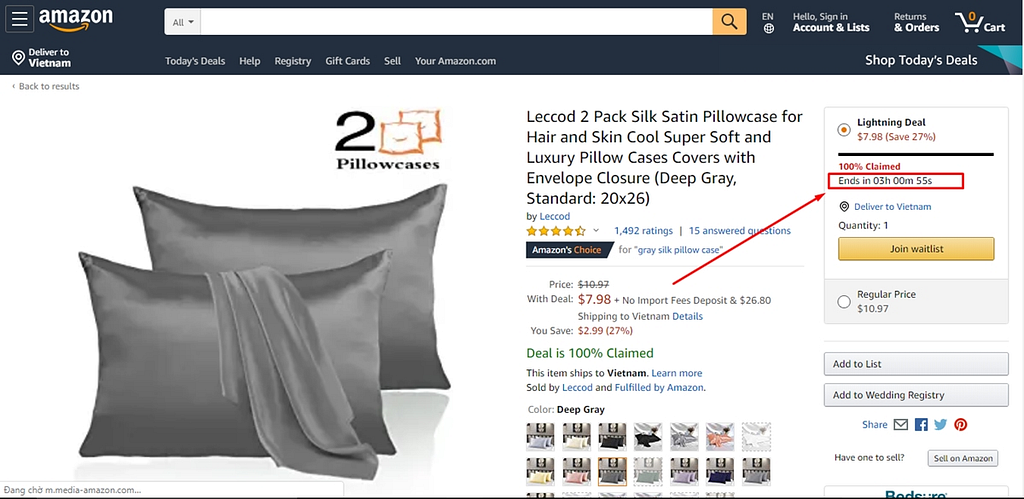
Likewise, the prisoner’s dilemma has found significant applications in real-world scenarios. Take the case of Groupon, where deals only become available once a certain number of people have pledged to participate. This effectively transforms individual purchasing decisions into a collective cooperation problem. It creates an engaging dynamic where users are incentivized to share deals and encourage others to join in, thereby increasing user participation and conversion rates. It’s like a group huddle for bargain hunters — nothing brings people together quite like a good deal!
The Prisoner’s Dilemma: A Ubiquitous Paradox
If the Prisoner’s Dilemma sounds unfamiliar to you, let’s take a moment to unwrap this psychological enigma. The Prisoner’s Dilemma is a standard example in game theory, illustrating why two entirely rational individuals might not cooperate, even though it seems like the best thing for them to do. Think of it as a standoff in a dramatic movie where the two protagonists are trapped in a tricky situation.
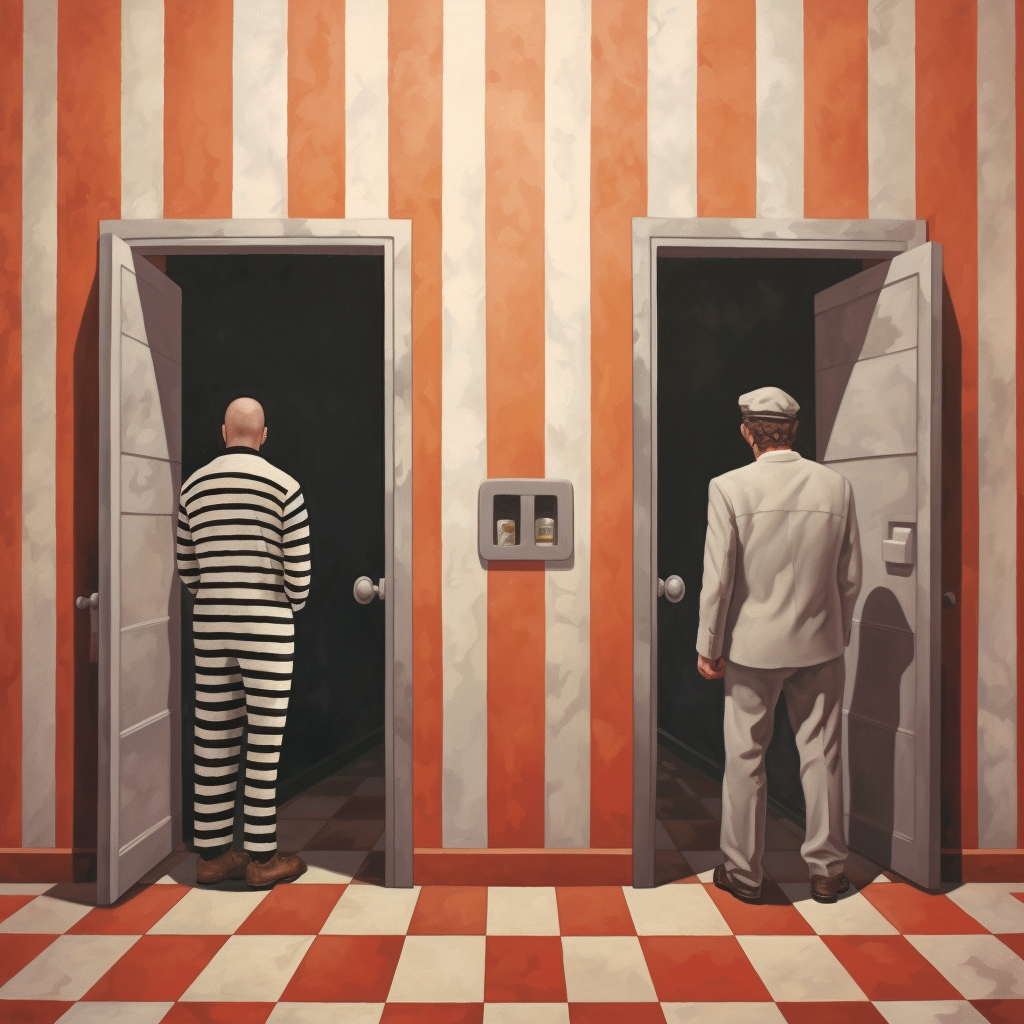
The scene is set with two individuals who’ve been arrested, held separately, and faced with a tough choice: stay silent and possibly face a moderate punishment, or betray the other and potentially go free if the other remains silent. If both betray each other, they’ll both end up with long sentences. It’s the ultimate paradox and forms a metaphor for individuals or groups faced with the choice between cooperation and competition. (The figure below shows a prisoner’s dilemma model in conventional theory)
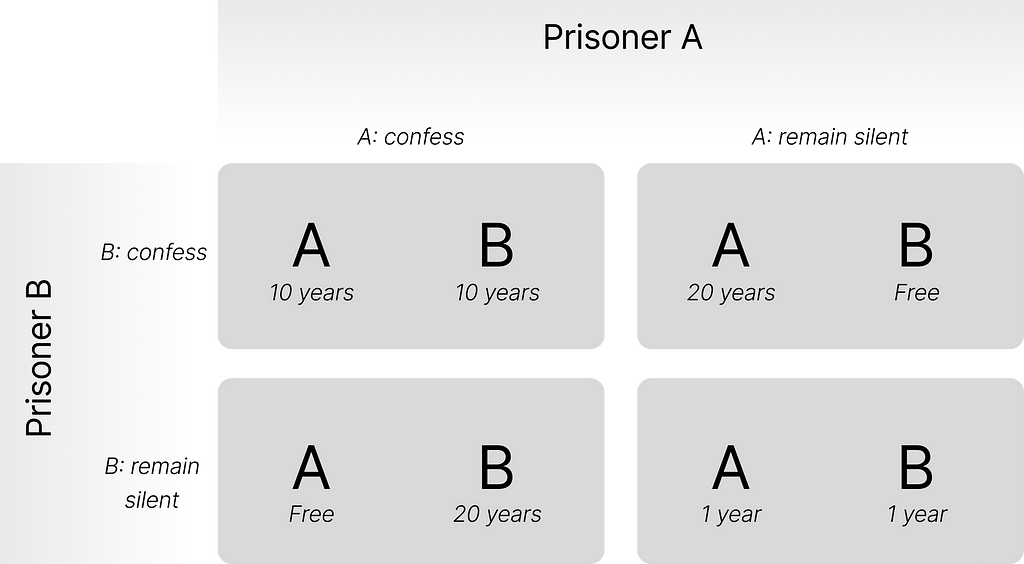
Drawn By Robert Sheng
In the e-commerce environment, when we try to apply this theory to our user experience design, the fundamental question then becomes:
Can we cleverly leverage this mechanism, driving users to make decisions in similar psychological environments, and while feeling they’ve made the optimal choice, they also make a choice that is beneficial to our platform?
In doing so, this increases their likelihood to engage and make purchases. (The figure below shows our expected application of the Prisoner’s Dilemma model to an e-commerce platform)
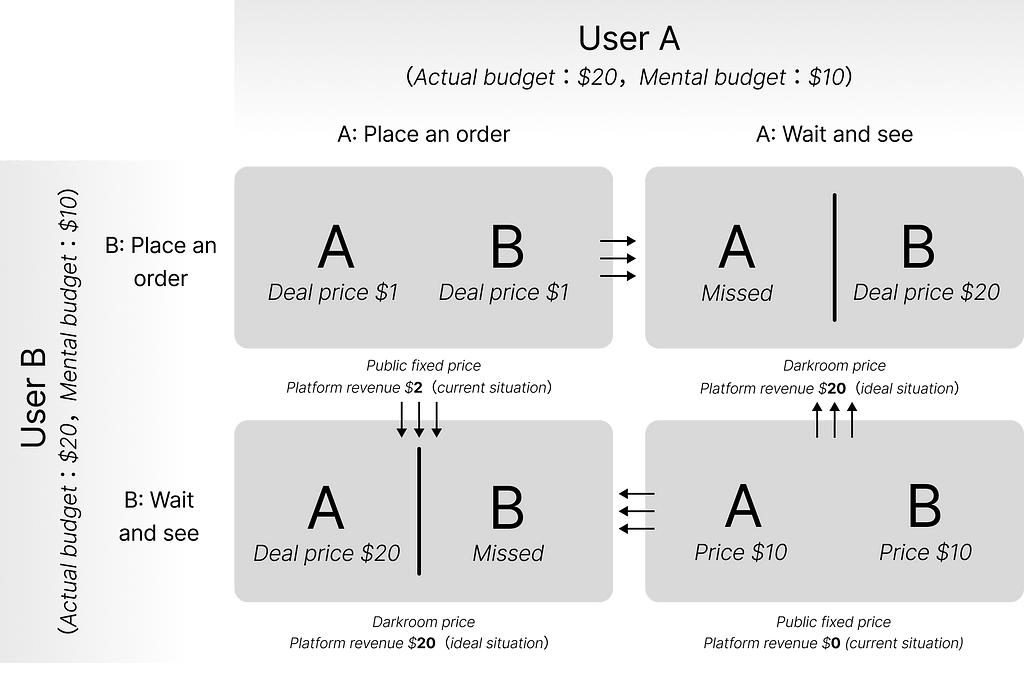
Open fixed price mechanism (unlimited, deal/wait)
Application of Prisoner’s Dilemma Diagram in E-Commerce UX, By Robert Sheng
Yes, at this point, we’re assuming the cunning aspect of the platform’s commercial interests, employing the ‘darker side’ of psychology to usher large numbers of users into our anticipated plan.
Bridging Theory and Practice: The Case of a Second-Hand Furniture Trading Platform
Let’s dive into a project I was once a part of, an innovative concept design for a second-hand furniture trading platform[3].
I'm pretty sure nobody really has the patience to sift through a convoluted project document right off the bat. So, I promise to spare you the bureaucratic labyrinth. Instead, I’ll distill it all down, providing a straightforward rundown of our user experience design mechanism. Everything shared will be grounded in user demand research and market analysis conclusions we’ve garnered. Let’s cut through the clutter and get straight to the meat of the matter.
Our journey started with a deep dive into the unique user group we were serving. From extensive market research, we discovered that sellers (used furniture owner) typically have a specific timeframe within which they need or hope to sell their furniture. As this deadline approaches, the sellers are more inclined to make a swift sale rather than maximizing profit. And, there was our cue.

Armed with this trend, we designed three core features:
1.We asked sellers to set a “current price” and a “completely free” date. As time ticks by, the price of the item starts to decrease, until it’s free on the specified date. You can practically hear the ticking of the clock — tick tock, tick tock — each sale pulsating with urgency. Sellers can define the timeline from the current price to when the item becomes completely free, adapting to the different price elasticity required by different items that different users want to sell. If the item is still not bought when the clock runs out, the user can opt to make it part of the “free pickup” items on the platform or take it off the shelf.
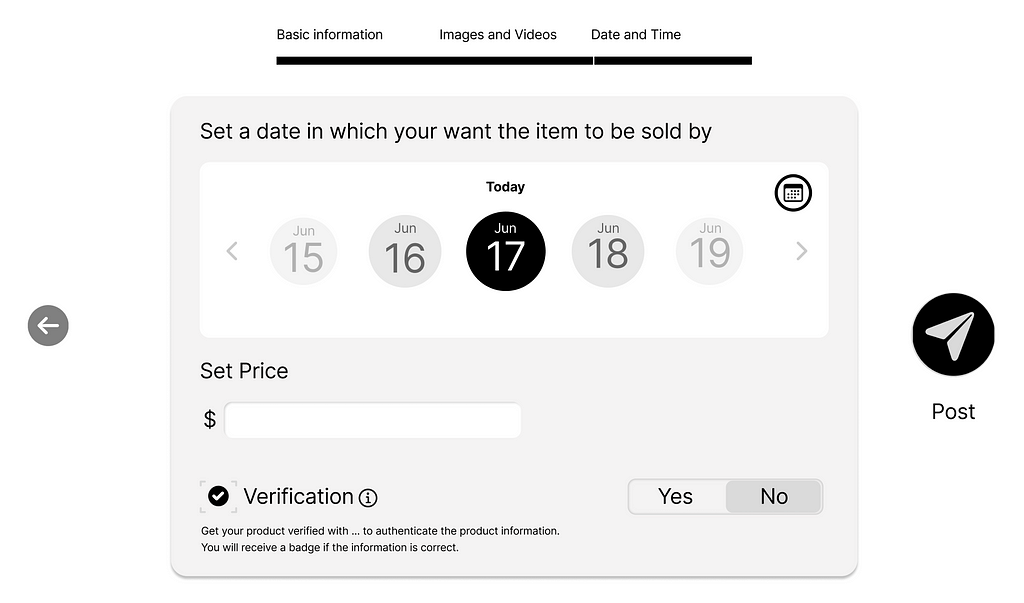
2. We added a dash of fun to the pricing aspect. We installed a price flipper accurate to multiple decimal places instead of the usual round figures. Now, users could see prices dropping in real-time every second, or watch a progress bar indicating how much time before the price drops “one cent”. The electrifying atmosphere of the auction house has been digitized.
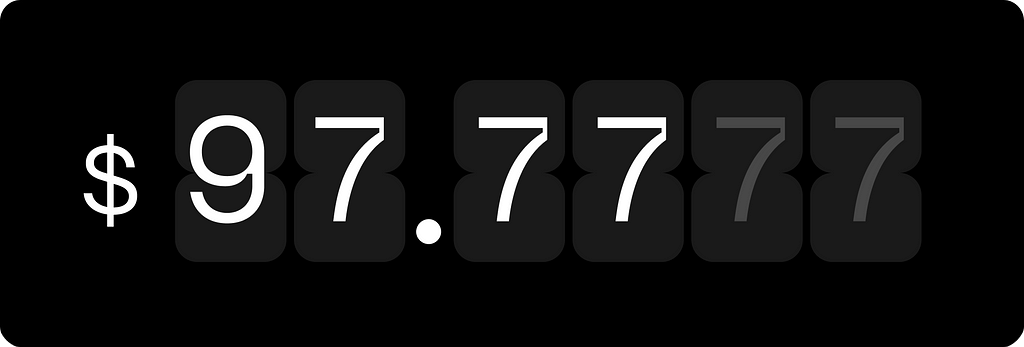
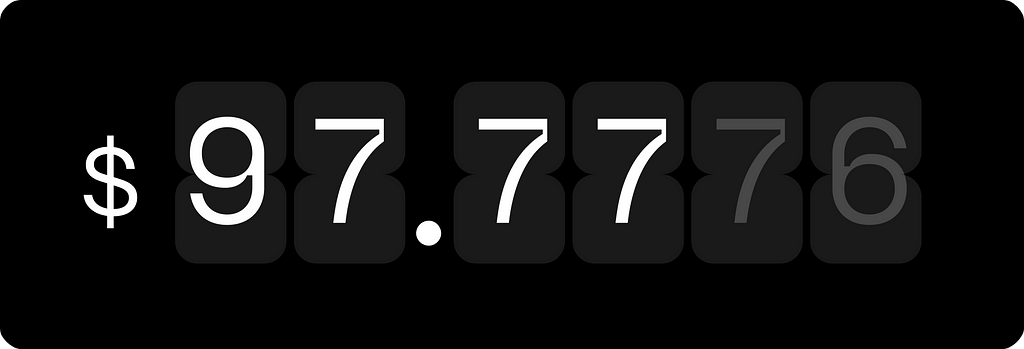
3. We designed a maximum duration for the “Completely free day” to prevent potential overuse. Because, let’s face it, nobody’s gonna wait around for twenty years until a second-hand sofa becomes completely free, right?

But here’s where the plot thickens: the Prisoner’s Dilemma. With every tick of the clock, each user is in their digital interrogation room, isolated from other potential buyers. They must decide when to purchase — wait for the lowest price, but risk losing the item to another buyer who chooses to purchase early. In this way, our design not only taps into their psychological perceptions of scarcity and urgency but also creates a competitive yet cooperative environment, further encouraging user participation and transaction completion.
The Thrill of the Deal: A Rollercoaster of Emotions in User Experience
As I painted this gripping scenario, I bet you found yourself intrigued by this rollercoaster ride of emotional, psychological, and economic maneuvering. It’s quite a picture, isn’t it? But it’s not just a picture. It’s a living, breathing, ticking reality for the users of our platform. And, trust me when I say, the intrigue doesn’t end here. Not by a long shot.
So, let’s peel back the curtain a little more, and take a seat on this psychological rollercoaster. Buckle up, and enjoy the ride on this intricately designed customer journey that keeps you on your toes, from the moment you step foot on our platform, until you finally snag that coveted piece of furniture.

1. Initial Discovery: The users first encounter the platform’s unique countdown pricing mechanism. It’s something they’ve never seen before in a traditional e-commerce setting. There’s an immediate sense of curiosity, a mix of surprise and intrigue. They’re used to seeing fixed prices; the dynamic nature of the pricing here piques their interest and invites them to stick around.
2. Understanding the Mechanism: As users comprehend the countdown mechanism — how prices drop every second until it reaches the “free” date set by the seller, they realize they are entering a very different shopping environment. The mechanism’s novelty evokes excitement, and they feel a sense of anticipation. They start mentally preparing for the challenge — to buy or to wait.
3. Watching the Price Drop: The sight of the price dropping in real-time brings the adrenaline rush. It’s like watching a live auction, only here they have control over when they want to stop the auction by making the purchase. There’s a strange sense of power and also vulnerability, as they are also battling against time and other potential buyers.
4. Waiting for the “Sweet Spot”: As the clock keeps ticking, the users are locked in a mental tug-of-war. They feel the pressure to make a purchase before someone else does but also the desire to wait a bit longer for a better deal. This creates a heightened sense of anticipation, excitement, and anxiety. Every second that passes feels consequential, keeping them highly engaged.
5. The Fear of Losing Out: As time continues to tick away, the fear of missing out begins to set in. Users start to worry that someone else might swoop in and purchase the item they’ve been eyeing. This fear becomes more prominent as the price drops to a range they’re comfortable with. The psychological concept of loss aversion comes into play here, making the fear of losing out more potent than the potential satisfaction of getting a lower price.
6. Scoring the Deal: For those users who manage to make the purchase at the price they were comfortable with, there’s an immense sense of satisfaction, even triumph. They feel like they’ve “won” against the system and other users. The thrill of scoring a deal, coupled with the intense engagement during the countdown, leaves them feeling exhilarated. They’ve not only purchased a desired product but also experienced a sense of victory in this shopping game.
7. Missed Opportunity: Not every user can win. For those who miss out on their desired item, there’s an immediate sense of regret and disappointment. However, this also adds a layer of urgency and anticipation for the next opportunity. The missed opportunity adds a competitive edge to the shopping experience, making them more determined to succeed the next time.
8. The Desire to Return: Both the victorious and the not-so-lucky users are likely to return. The victorious users want to replicate their success, enjoy the thrill of the game again, while the others return in hopes of not missing out the next time. The unique countdown mechanism, the competitive edge, and the rush of the process have made shopping on this platform an addictive experience that users want to repeat.
9. Anticipating the Next Visit: After the purchase or missed opportunity, users start anticipating their next visit. The platform’s unique shopping experience has left a deep impression. Users start planning when to return, which items to target next, and strategize how to bag the next deal. The thought of the countdown ticking away, the prices dropping, and the possibility of scoring an unbeatable deal keeps the platform at the top of their minds.
10. Reflection and Storytelling: Users reflect on their experience — the thrill, the anticipation, the triumph, or the near-miss. They may share their experience and strategy with others, either in person or on social media, turning each user into an advocate for the platform. This storytelling not only enhances their own experience but also attracts new users to the platform to experience the game-like shopping process.
Tick Tock, Deal’s Unlocked: The Final Verdict
Infusing our platform with the intoxicating thrill of a ticking countdown, peppered with the edgy tension of a prisoner’s dilemma, we’ve crafted a design strategy that’s sure to fuel user engagement and boost transaction conversions.
But, the real icing on the cake, the stroke of genius, if you will, lies in the irresistible pull of the perpetually dropping prices. Imagine the scenario: A user is wavering between two platforms. If they don’t immediately complete the transaction on the rival platform, they’ll inevitably find themselves drawn back to ours, simply because our prices are always on the decline, thereby elevating our competitive edge moment by moment.
And let’s not forget the sweet deal this mechanism offers to our sellers. The anxiety induced by the prisoner’s dilemma propels most users to make an immediate purchase the moment the price drops within their ‘Actual budget’ (If this seems a little foggy, feel free to revisit the predictive model we discussed at the outset of the article.). Different buyers, different budgets — the highest bidder still wins! This prevents our sellers from falling into a common trap — setting a price that seems to meet the buyer’s ‘Actual budget’, but missing out on a deal because it doesn’t match the buyer’s ‘Mental budget’.
With these innovative design features, we’ve concocted an e-commerce game where our users can strategize and find their sweet spot for making a purchase. We’ve transformed buying second-hand furniture into a riveting race against the clock and an engaging test of nerve. And remember, in this game, the clock never stops ticking, and the deals never stop coming!
So, are you ready for the thrill of the chase and the sweet victory of sealing the deal?
The countdown has begun. Are you in?
Source:
[2] https://www.convertcart.com/blog/countdown-timer-ecommerce
[3] Project ‘Repurposing’, designed by (Keith) Ren Xiaoxiao, (Muji) Fongfone Sawadatikom, Robert Sheng, etc. 2022 Fall
Unleashing the dark arts of the prisoner’s dilemma in UX was originally published in UX Collective on Medium, where people are continuing the conversation by highlighting and responding to this story.

Leave a Reply